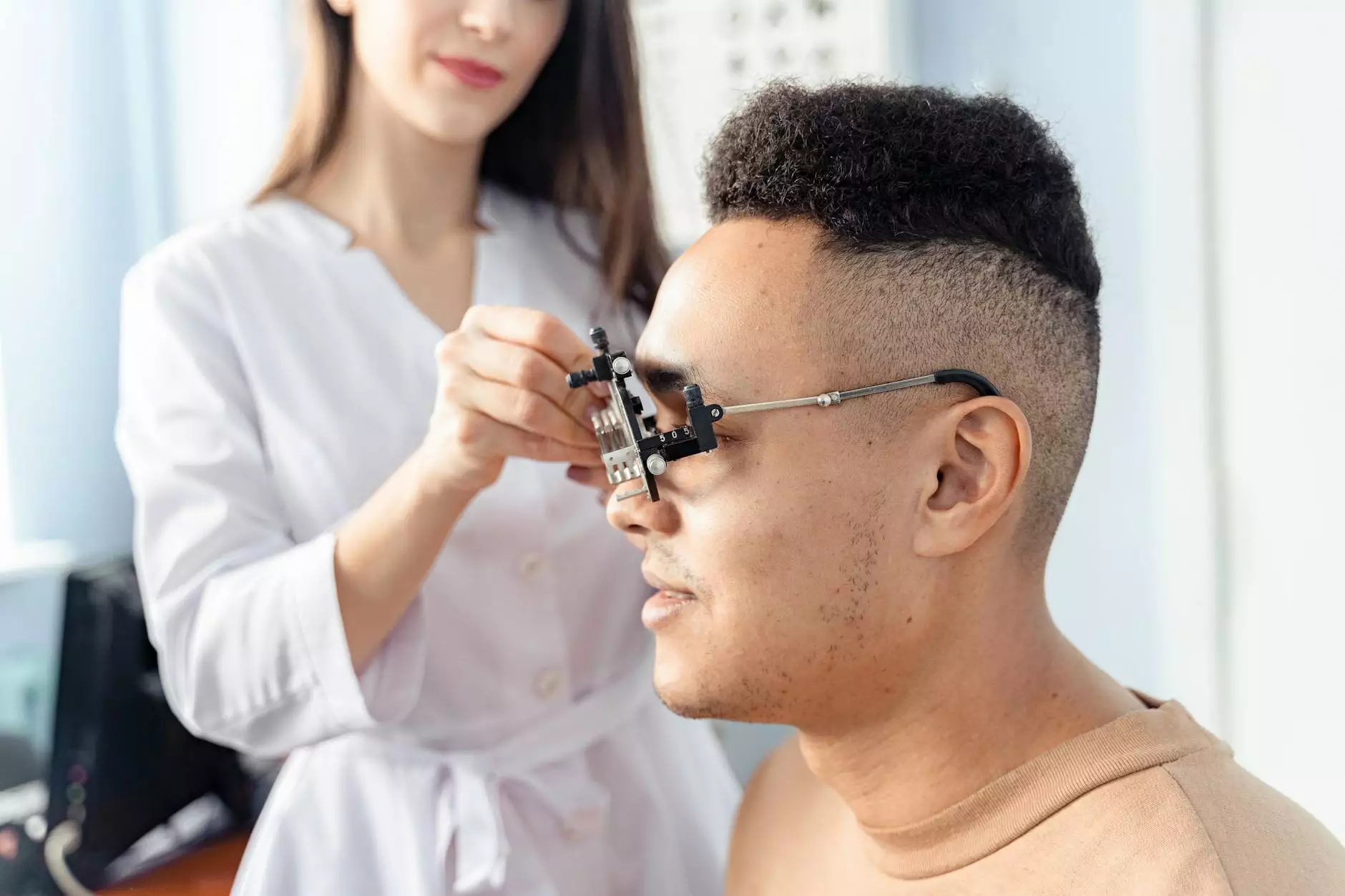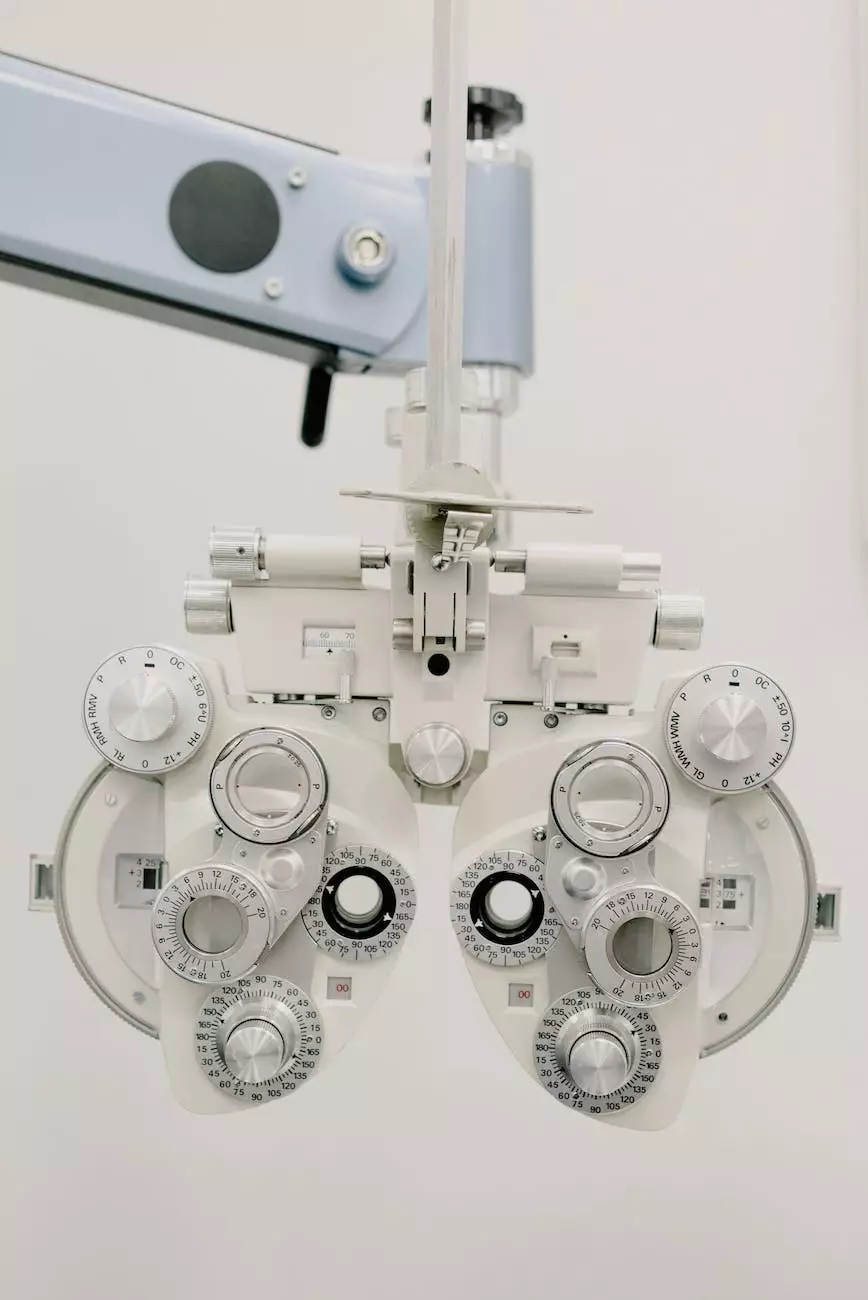Glossary of Ocular Testing - Family Vision Care
Blog
Introduction to Ocular Testing
Welcome to a comprehensive glossary of ocular testing terms, provided by Baron Rick W Dr, your trusted source for family vision care. In this extensive resource, we will dive into the world of eye examinations, diagnostics, and treatments. Whether you are seeking information to better understand your own visual health or simply curious about the complex processes involved in eye care, this glossary aims to enlighten and educate.
The Importance of Ocular Testing
Ocular testing plays a crucial role in maintaining optimal eye health. Through various diagnostic procedures and tests, eye care professionals can identify vision-related issues, detect signs of ocular diseases, and develop appropriate treatment plans. Early detection and regular ocular testing are essential for preventing vision loss and ensuring long-term eye health.
Common Ocular Testing Procedures
Visual Acuity Test
The visual acuity test is a familiar assessment that measures the clarity of your vision. It involves reading letters or symbols on an eye chart at a specific distance. This test provides a baseline for determining the sharpness and accuracy of your vision, aiding in the prescription of corrective lenses if required.
Refraction Test
A refraction test helps determine the precise prescription needed to correct refractive errors such as nearsightedness, farsightedness, or astigmatism. By using a series of lenses, the eye care professional can assess the refractive power of your eyes and prescribe the appropriate corrective measures.
Slit-Lamp Examination
A slit-lamp examination allows eye care professionals to evaluate the health of your eyes' structures, including the cornea, iris, lens, and anterior chamber. This non-invasive technique uses a high-intensity light source and a magnifying lens, providing a detailed examination of various eye conditions, such as cataracts, corneal abnormalities, and infections.
Tonometry
Tonometry is a method used to measure intraocular pressure, which is crucial for diagnosing and managing glaucoma. It involves applying pressure to the surface of the eye or using a specialized device to assess the resistance of the cornea. Proper intraocular pressure monitoring is essential in preserving optic nerve health and preventing the progression of glaucoma.
Optical Coherence Tomography (OCT)
Optical Coherence Tomography, commonly known as OCT, is a non-invasive imaging technique that provides high-resolution cross-sectional images of the structures within the eye. By using light waves to capture detailed information, OCT aids in the diagnosis and management of retina-related conditions, such as age-related macular degeneration and diabetic retinopathy.
Advanced Techniques in Ocular Testing
Alongside the common ocular testing procedures mentioned above, advancements in technology have also paved the way for more specialized techniques. These advanced diagnostic tools allow eye care professionals to delve deeper into ocular health, providing comprehensive insights for accurate diagnoses and tailored treatment plans.
Visual Field Testing
Visual field testing assesses your peripheral vision and helps identify any visual field defects. By employing specialized equipment, this examination maps out your field of vision, aiding in the diagnosis and management of conditions such as glaucoma, optic nerve damage, and neurological disorders.
Corneal Topography
Corneal topography is a technique that creates a detailed map of the cornea's surface. By analyzing the cornea's shape and curvature, eye care professionals can diagnose corneal abnormalities and irregularities, and plan suitable treatments such as specialized contact lenses or refractive surgeries.
Electroretinography (ERG)
Electroretinography, also known as ERG, measures the electrical responses generated by the retinal cells. This test helps diagnose various retinal disorders, including inherited conditions, degenerative diseases, and diabetic retinopathy. By studying the retina's electrical activity, eye care professionals can assess its overall health and response to light stimulation.
Conclusion
Ocular testing encompasses a wide range of procedures and techniques designed to safeguard and improve your eye health. Understanding these tests and their significance is crucial for maintaining optimal visual well-being. The glossary of ocular testing terms provided by Baron Rick W Dr serves as a valuable resource, offering detailed explanations and helpful insights into the world of ocular diagnostics. By prioritizing regular eye exams and staying informed about ocular testing, you can take proactive steps towards preserving your vision and overall ocular health. Trust Baron Rick W Dr - your partner for comprehensive family vision care.




